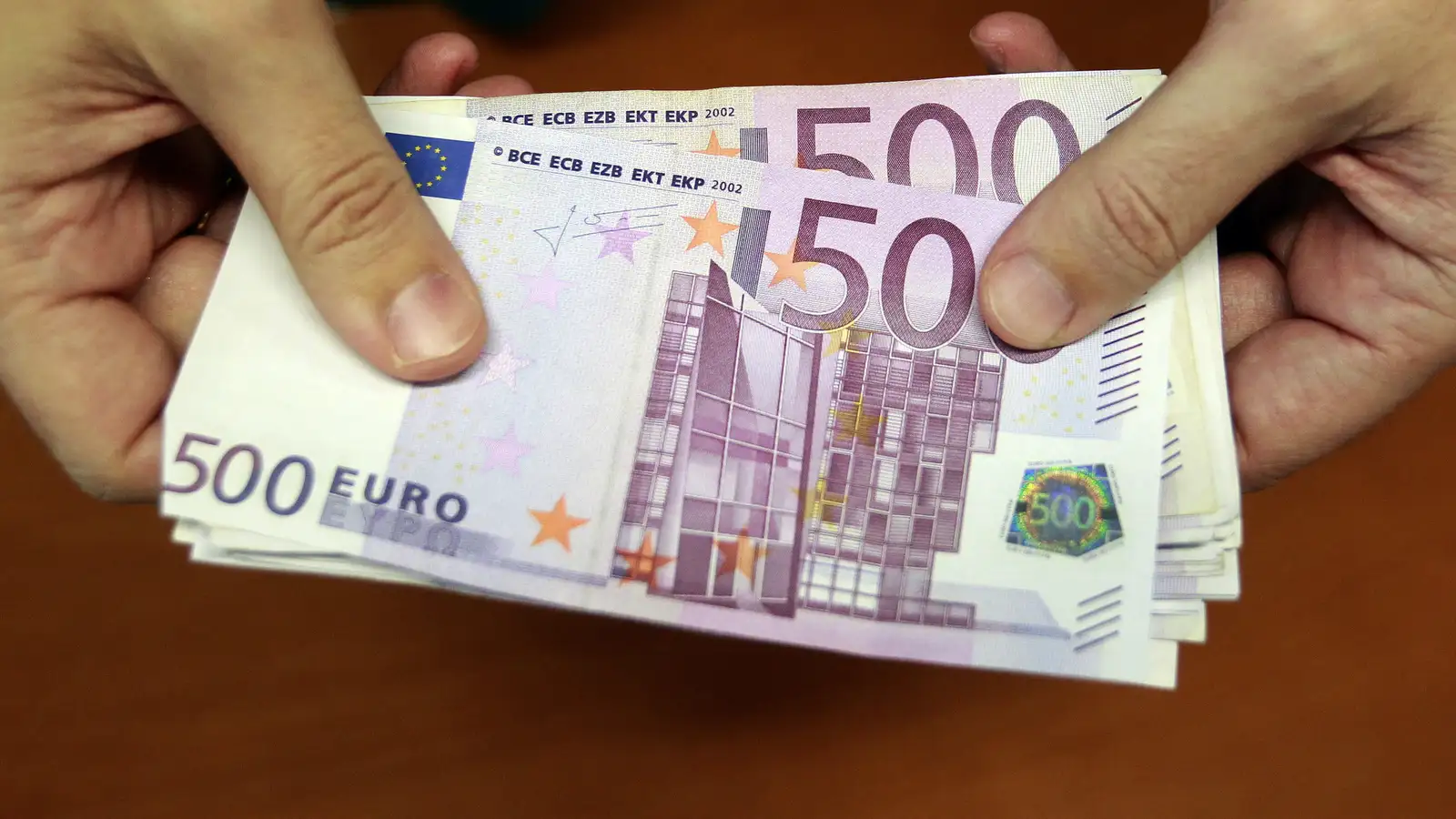The Rise of Fake Products: A Comprehensive Overview
In today's international market, counterfeit items have become amazingly pervasive. From luxury style items to electronic gadgets, the fake item industry has become a multibillion-dollar venture that impacts consumers, services, and economies worldwide. This article will dive into the phenomenon of purchasing fakes, checking out the allure behind counterfeit products, their ramifications, and assistance for consumers seeking to navigate this complex landscape.
Comprehending the Allure of Fake Products
1. Cost-Effectiveness
Among the main factors customers go with fake items is the considerable cost savings. Authentic luxury items can bring substantial price, making them financially out of reach for lots of. Counterfeit variations often offer for a portion of the expense, offering an appealing option for those who desire the visual of high-end brand names without the accompanying cost.
2. Pattern Accessibility
Style patterns typically move rapidly, prompting customers to purchase present designs. Nevertheless, buying real designer products for each brand-new season can be financially unfeasible. Fake items enable individuals to remain on pattern without breaking the bank, making them especially attracting more youthful consumers and those with limited budgets.
3. Social Status
In many cultures, the ownership of luxury brand names is related to social status and status. Counterfeit products can supply a semblance of this status, making it possible for individuals to forecast an image of wealth and success without the accompanying financial concern of authentic items.
The Implications of Buying Fakes
1. Economic Impact
While counterfeit products may offer a short-term monetary benefit to customers, the broader economic ramifications are significant. The counterfeit market weakens genuine services, leading to lost sales and harm to brand credibility. According to reports from the International Chamber of Commerce, the overall financial value lost due to counterfeiting and piracy might reach over $4.2 trillion by 2022, affecting job markets and state revenues worldwide.

2. Safety and Quality Concerns
Counterfeit items frequently lack the quality and safety assurance of real products. Items like electronic devices, cosmetics, and pharmaceuticals might present health dangers, as they do not go through basic security screening or quality assurance steps. For instance, counterfeit cosmetics can consist of hazardous chemicals, while fake electronics might present fire risks due to inferior materials.
3. Ethical Considerations
The trading of fake items raise ethical questions surrounding labor practices and environmental effects. Counterfeit products are often produced in environments that exploit workers, offering low incomes and bad working conditions. Additionally, the production of these goods usually includes minimal regard for ecological sustainability.
How to Spot Fake Products
For customers careful of buying counterfeit products, discovering to recognize fakes is vital. Here are several ideas to assist prevent falling victim to counterfeiters:
1. Research the Retailer
Confirm credibility: Seek sellers with recognized reputations and positive consumer reviews.
Look for official partnerships: Authentic brand names typically have actually designated sellers or authorized dealerships.
2. Analyze Prices
Too excellent to be real: If an offer seems exceedingly inexpensive compared to conventional market prices, proceed with care; it's likely a fake.
Cost consistency: Compare costs throughout several websites to evaluate what a reasonable market price must be.
3. Inspect Product Details
Quality and craftsmanship: Genuine products typically have top quality finishes, stitching, and materials. Examine logos and labels for accuracy.
Packaging: Authentic products frequently are available in branded packaging with security functions (e.g., holograms).
4. Seek Legal Channels
Certifying info: Reliable items often come with proof of credibility, such as identification numbers or authenticity cards.
Return bester falschgeld anbieter : Check for reasonable return policies, as trustworthy sellers must provide the option to return unwanted or defective goods.
Alternatives to Buying Fakes
For customers who prefer affordable alternatives without risking the pitfalls of counterfeit items, consider seeking out alternatives:
1. Pre-owned and Vintage Items
Acquiring secondhand luxury goods can provide access to genuine items at lower costs. Thrift stores, online markets, and consignment stores often offer designer products without the premium cost.
2. Affordable Brands
Various brand names specialize in producing high-quality products that imitate luxury styles without the associated expenses. Researching these brand names can yield elegant choices without jeopardizing principles.
3. Do it yourself Projects
For the creatively likely, crafting or personalizing items can often offer both a gratifying experience and a special item that avoids the counterfeit problem.
Frequently Asked Questions About Buying Fakes
Q1: Are there legal consequences for purchasing counterfeit items?
Purchasing counterfeit items may lead to legal implications depending upon regional laws. While consumers might not face severe charges, knowingly purchasing fakes could lead to seizure of goods and fines.
Q2: How can I report counterfeit products?
falschgeld bestellen have systems to report counterfeit sellers. Customers can report suspicious online listings or suppliers to local law enforcement or organizations specializing in intellectual property security.
Q3: What should I do if I unwittingly acquired a fake item?
If you find that your purchase is counterfeit, consider calling the seller for a return or refund. You can likewise report the seller to the platform utilized for the purchase.
Q4: Can counterfeit products ever be of excellent quality?
While some counterfeit products may appear well-made, they frequently do not have the quality control of legitimate brands and can posture security hazards. It is recommended to prioritize buying genuine products for much better resilience and safety.
Q5: Why do some people still buy fakes regardless of the risks?
In spite of the dangers and ethical factors to consider, numerous people continue to buy counterfeit goods due to their price and desire to take part in the high-end experience without significant monetary dedication.
Conclusion
The intricacy surrounding the intake of counterfeit products is diverse, including economic, ethical, and security factors. As the counterfeit market continues to grow, it is important for customers to stay educated and vigilant. By recognizing the implications of purchasing fakes and exploring ethical alternatives, people can make educated options that contribute favorably to the broader economy and society.
